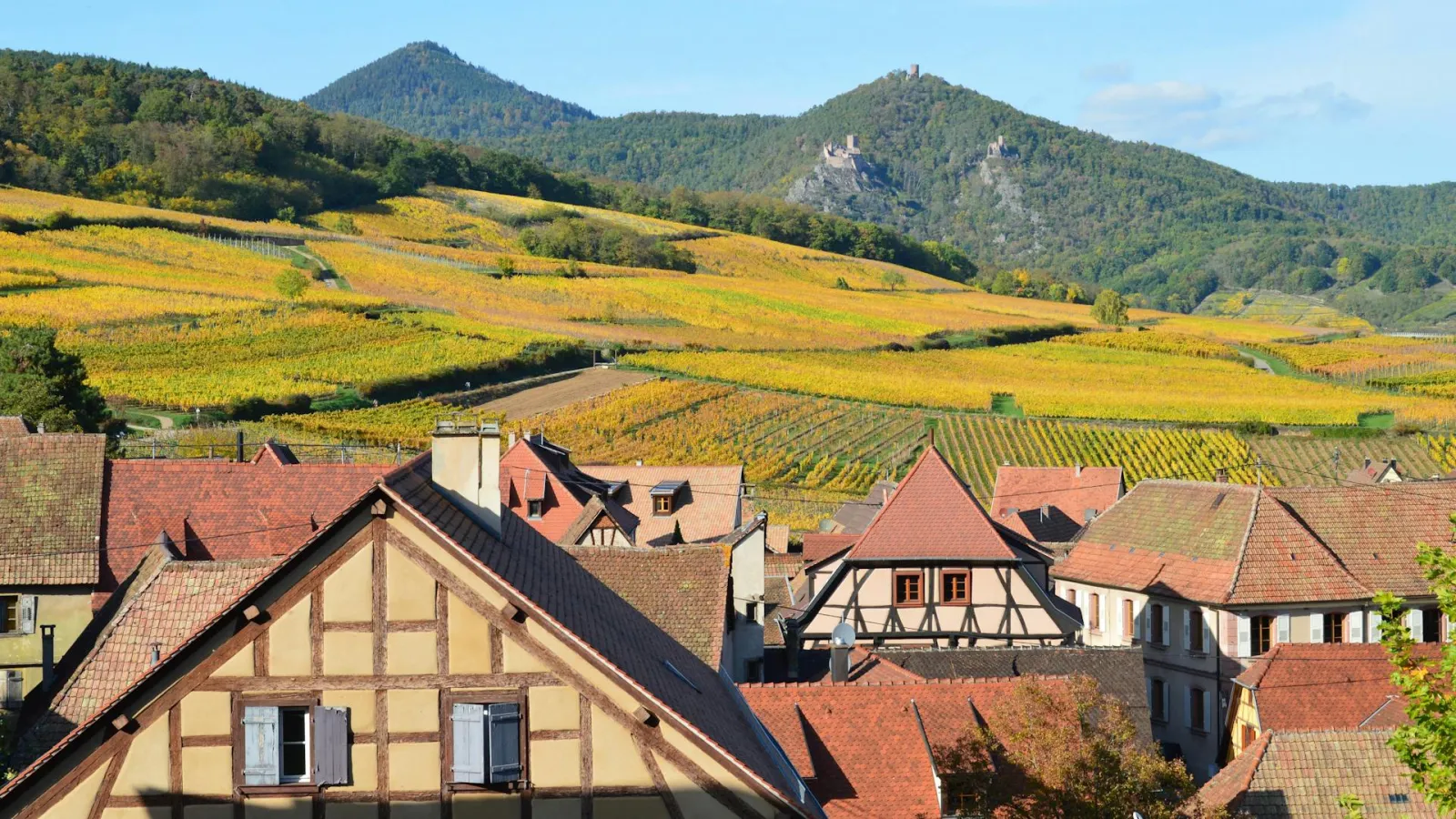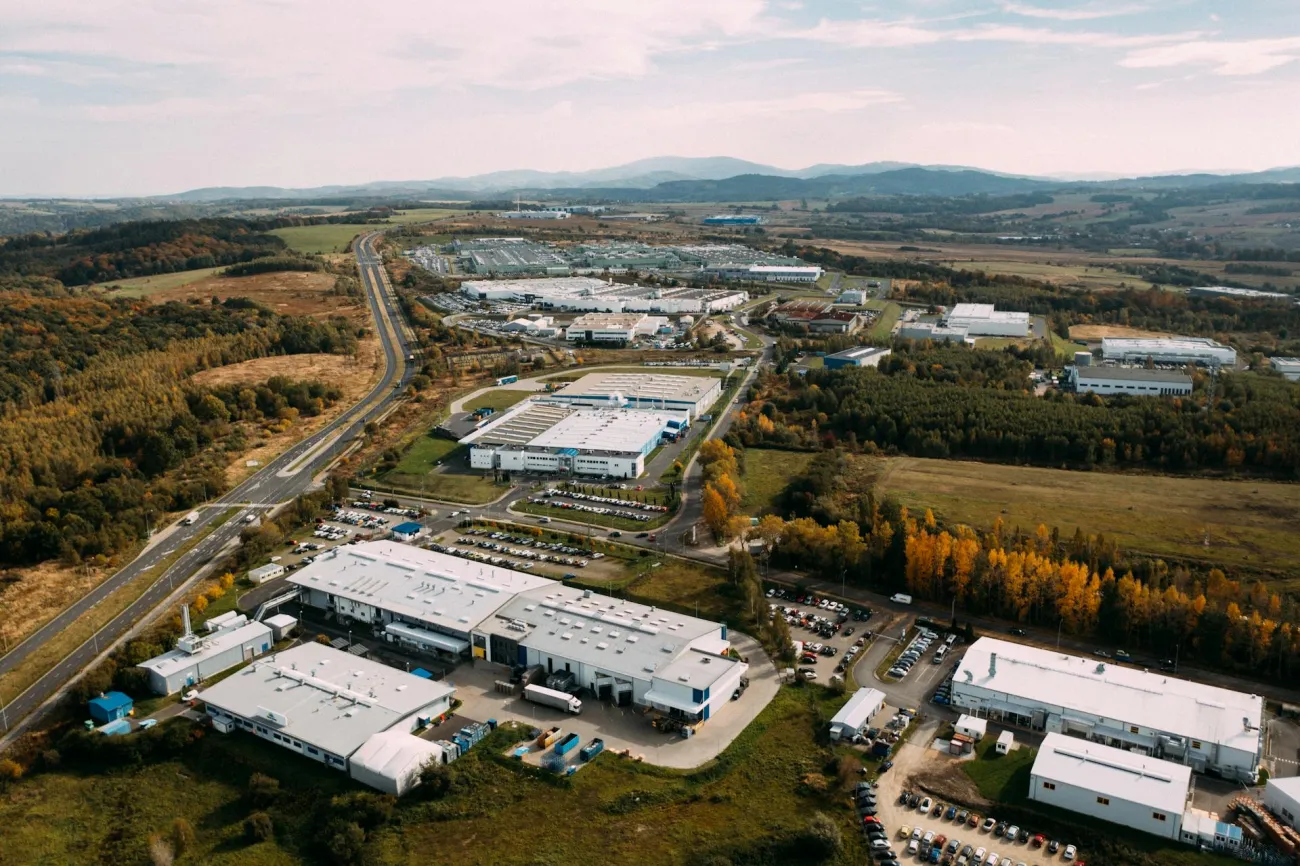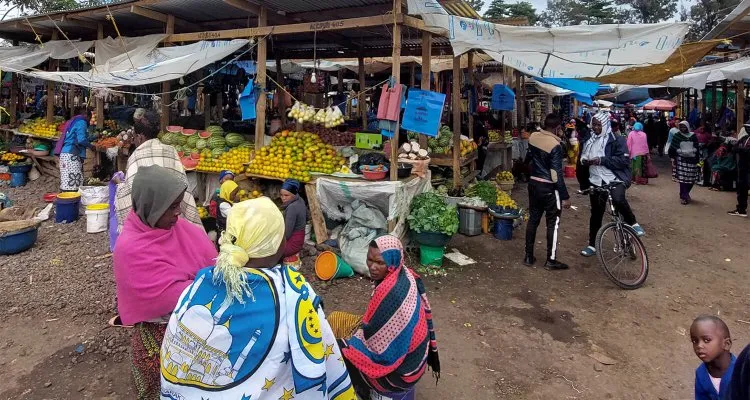The report by the European Commission presents two alternative scenarios based on distinct allocations of CAP funding; 'productivity and investment', and 'environment and climate'. The two scenarios show, that while policy measures can affect production and price dynamics, market fundamentals remain the main drivers of production outcomes. Yet, the report underscores the key structural trade-offs between intensification and extensification.
Abstract
The report presents two alternative scenarios based on distinct allocations of CAP funding:
Productivity and Investment: This scenario channels CAP support primarily towards interventions that improve productivity and competitiveness. Compared to the reference scenario in 2040, this results in a 2.7% increase in EU agricultural output across sectors, lower food prices, a stronger trade performance, improving the EU trade balance by EUR 2.7 billion. While this approach would have minimal overall impacts on employment, environmental pressures within the EU could intensify. Among others, this could lead to higher agricultural greenhouse gas emissions (+0.5%) and a 1.4% increase in nitrogen surplus per hectare.
Environment and Climate: This scenario shifts CAP support towards more environmental and climate-focused interventions. This would result in considerable environmental wins for the EU: cutting greenhouse gas emissions by 1.7% and nitrogen pollution by 2% per hectare, while boosting crop diversity, and creating 90,000 new jobs. These benefits, however, have economic consequences: agricultural output would decline by 4%, food prices would rise, and imports increase, worsening the EU trade balance by EUR 1.8 billion.




Comments (0)